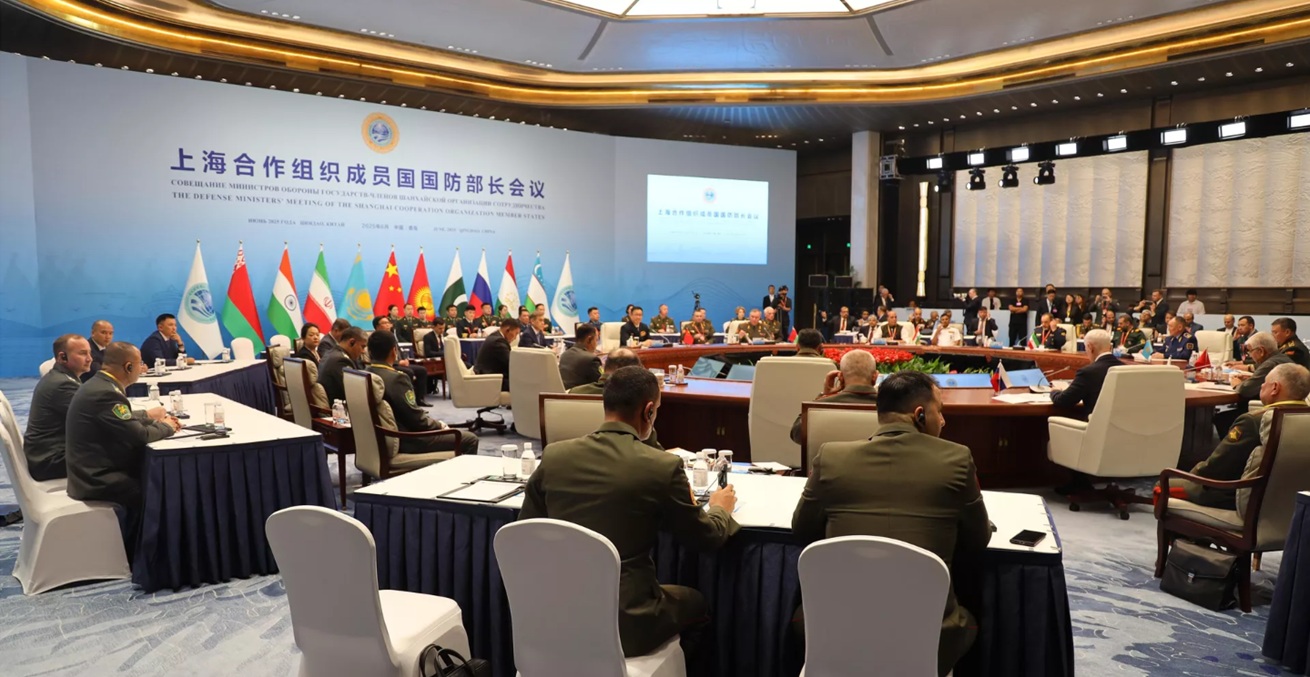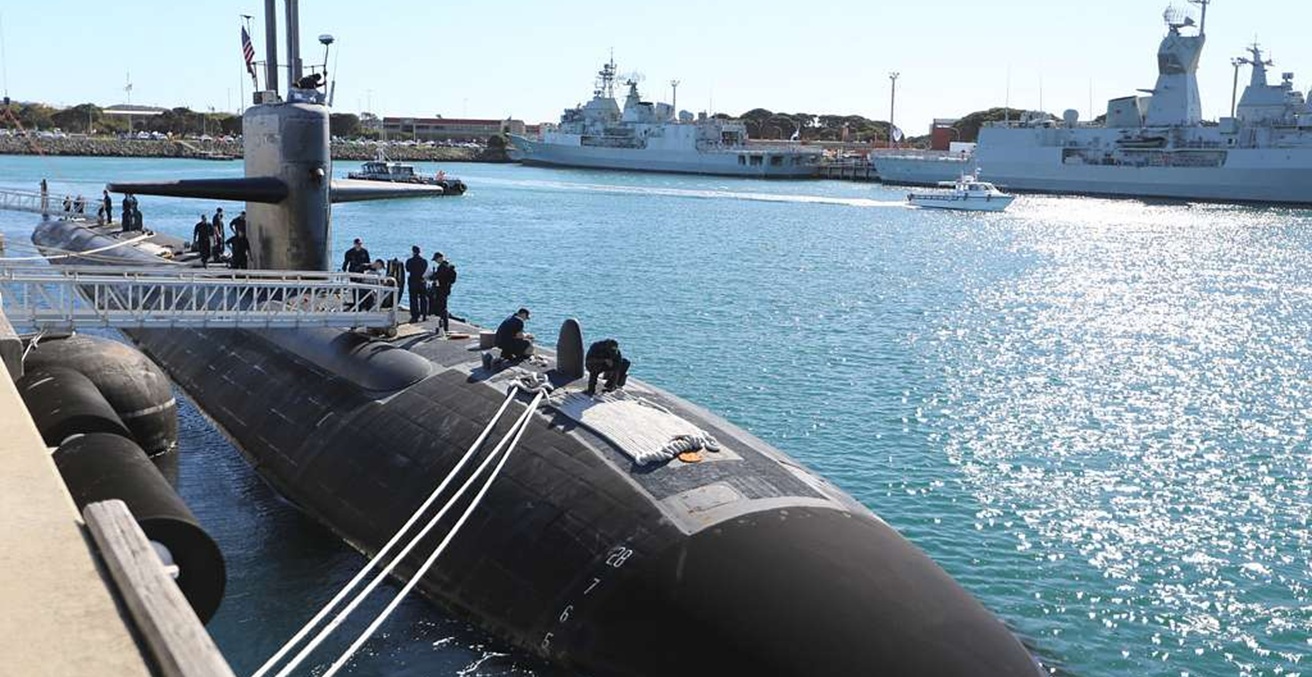The authors of this timely edition provide the reader with new and engaging perspectives on the Kim Jung-un regime. Neither unpredictable nor irrational, the book makes clear, Kim adheres to a longstanding Byungjin policy that both contributes to and detracts from his core goals of economic and military development.
Distancing it’s analysis from the broader literature that tends to recognise the regime as “unpredictable” and “irrational,” the book provides solid evidence to suggest that not only is Kim Jong-un committed to the Byungjin policy, but also his ability to find political solutions to attain his goals in a highly unfavourable international environment.
“North Korea’s Foreign Policy,” edited by Scott A. Snyder and Kyung-Ae Park, is an excellent multi-authored book assessing North Korea’s foreign policy under Kim Jong-un in a comprehensive way. In his first decade of power, Kim Jong-un has strengthened North Korea through military development at a severe cost to his ability to bring economic prosperity to the people. The North Korean leader has taken audacious risks to strengthen and preserve his own rule, creating significant international backlash which has ultimately hindered his plans. These elements are accurately assessed in this book, helping to confirm that, to achieve his goals, the North Korean leader would need the support of the international community. A condition that, at the moment, Kim Jong-un is unable to secure.
Despite recognising that the production of such research on a topic entailing a high level of uncertainty and risk in the delicate balance between analysis and speculation, the authors have succeeded in publishing a nuanced and convincing assessment of Kim Jong-un’s impact on North Korean foreign policy following his first decade in power.
This book is an excellent tool for general readers interested in gaining a better understanding of Kim Jong-un’s leadership, as well as for experienced analysts already familiar with Northeast Asian geopolitics.
In order to facilitate readers’ understanding of the internal dynamics of such a complex country, the book has been divided into three sections, each of which investigates questions critical to the evolution of North Korea’s foreign policy.
The first section examines the domestic factors that have influenced the formation and the implementation of Kim Jong-un’s foreign policy, such as the path he followed to consolidate his power by replacing his father Kim Jong-il in all political and military roles he had previously accumulated throughout his life. Kim’s efforts to strengthen the Workers’ Party of Korea (WPK) as the main instrument of governance, and the cycle of economic reform and entrenchment that has resulted from contradictions inherent in the simultaneous pursuit of economic reforms and nuclear and missile development, are presented as proof of Kim Jong-un’s successful leadership transition.
This section provides essential knowledge to understand not only the original Byungjin policy, which is the policy launched by Kim Il Sung in the 1960s to advance economic and nuclear-weapons development simultaneously, but also its interpretation by Kim Jong-un. This volume devotes two articles to the analysis of the concept. The first covers the economic dimensions of Byungjin, the second the military one. This choice proves to be particularly successful in explaining the difficulty of Kim Jong-un to maintain, under both internal and external pressures, a satisfactory equilibrium between the two dimensions.
The second section examines Kim’s distinctive use of summitry and evaluates the effectiveness of such meetings as an instrument to attain foreign policy goals. These include restoring close leader-level relations with China, generating progress in inter-Korean relations, changing the trajectory of the US-North Korea relationship, losing the vice of international sanctions on North Korea, as well as increasing legitimation and international prestige for North Korea. To assess both successes and failures, the section evaluates relations with South Korea, China, the United States, and Russia. Although these are four key nations relevant to North Korea’s and Kim Jong-Un’s foreign policy, Japan’s exclusion from this group is a notable weakness in the volume. This section of the book, used by the authors to give a general picture of the geopolitical complexity of the Korean peninsula, is perhaps more useful for a public less accustomed to the study of East Asian history and politics.
Finally, the third section evaluates the impact of international responses to North Korea’s pursuit of nuclear capabilities on its foreign policy, with special reference to international sanctions, cyber programs, human rights, and joint education ventures. Despite its heterogeneity, and keeping in mind the well-known limitations related to the possibility of carrying out first-hand research in North Korea, this section manages to offer a realistic insight into this country by touching on four key topics: the effectiveness of UN sanctions regimes, North Korean cyber strategies, its human rights diplomacy towards the United States, and its Track-II knowledge diplomacy.
The chapters on North Korea’s evolving cyber strategies and Track-II knowledge diplomacy deserve a special mention for allowing the reader to better understand North Korean decision-making logic in two areas which are normally less accessible in mainstream Northeast Asia discourse. The two case studies describe how North Korea has attempted and in certain cases succeeded in promoting cooperation and consequently nurturing regular interactions with foreign partners. This is reflective of two major points. First, that the North Korean leadership is not irrational nor unpredictable, second, that cooperation is not only possible, but in fact, once implemented, follows a logic that is similar to cooperation practices endorsed by several other countries. This nuance of “normality,” when associated to North Korea, can appear particularly surprising.
To conclude, while going through the different sections of the book, readers are offered insightful interpretations to both understand and assess Kim Jong-un’s ambitions, his creativity, and high-risk tolerance in pursuit of long-term objectives designed to transform North Korea and its place in the world. This is accompanied by his failures to implement what all contributors to the volume recognise as Kim Jong-un’s main goals: economic and military development. Distancing it’s analysis from the broader literature that tends to recognise the regime as “unpredictable” and “irrational,” the book provides solid evidence to suggest that not only is Kim Jong-un committed to the Byungjin policy, but also his ability to find political solutions to attain his goals in a highly unfavourable international environment.
This is a review of Scott A. Snyder and Kyung-Ae Park (eds.) North Korea’s Foreign Policy: The Kim Jung-Un Regime in a Hostile World (Rowman & Littlefield, 2022) ISBN:9781538160305 (Soft cover).
Claudia Astarita is lecturer at Sciences Po Paris, researcher at the Lyon’s Institute of East Asian Studies (IAO). She obtained her Ph.D. in Asian Studies from the University of Hong Kong in 2010. Her main research interests include China’s political and economic development, Chinese and Indian Foreign policies, East Asian regionalism and regional economic integration, Asian Civil Society, and the role of media as well as official and unofficial memories in reshaping historical narratives in Asia.
This review is published under a Creative Commons License and may be republished with attribution.




